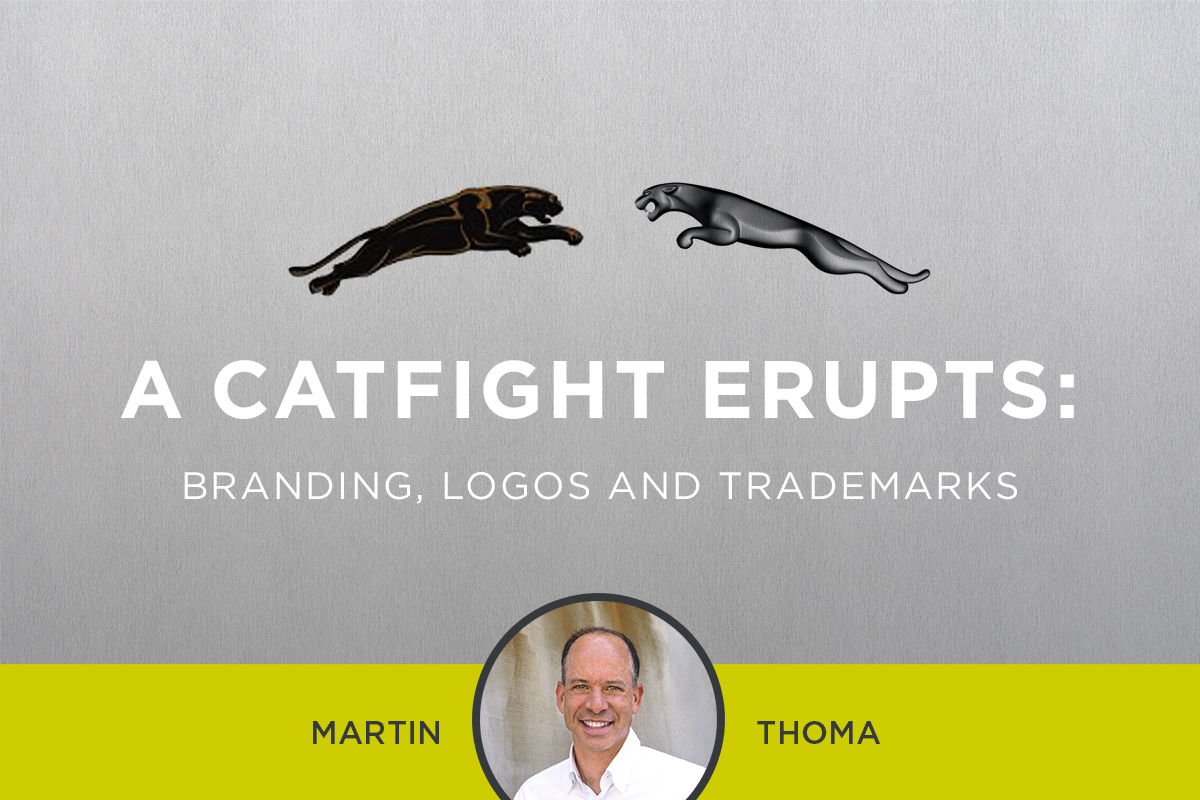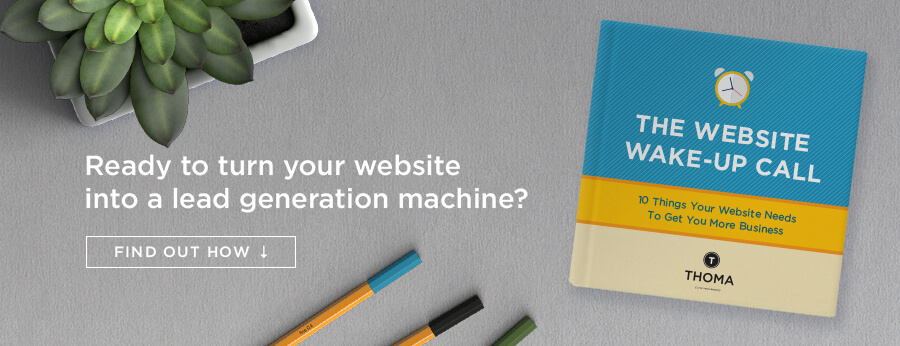A recent lawsuit between a couple of global companies underscores the imperative of having strong trademark protection for your brand name and logo. It also illustrates the slippery slope of brand mark development and the risks of trademark infringement.
The simple fact is that in the development process of creating a new brand name, logo treatment or tagline, it is a very rare case that does not present some similarity to an existing name or mark. Existing names or marks — whether registered with the United States Patent and Trademark Office or not — have priority rights.
The court case between Arkansas-based transportation company Panther Premium Logistics and Jaguar Land Rover Limited was covered by Robbie Neiswanger, business writer for the Arkansas Democrat-Gazette, in the Sunday, May 17, issue. The story is cleverly titled Jaguar, Panther show legal claws over logo. Bottom line: Jaguar, the global car company, is suing Panther Premium Logistics, a subsidiary of ArcBest, for violating its trademark rights to its “famous” leaping cat logo. Neiswanger quoted me extensively in the article, which inspires me to riff further on the issue and implications here.
Neiswanger’s article retraces the timeline of how the catfight developed:
- Panther files a trademark application for its leaping cat logo design.
- This application alerts Jaguar (Good logo police monitor the federal application process, sniffing for potential infringements. The best place to stop an interloper in its tracks is by heading off a prospective trademark registration).
- Jaguar objects to the trademark application and sends Panther a cease-and-desist letter.
- Panther withdraws its federal application for protection of the logo plus words and requests protection for only the words.
- Jaguar is silent, apparently causing Panther to assume implicit approval — or at least no objection — by Jaguar.
- Panther proceeds to re-sign its entire fleet, website, and buildings with the new leaping cat logo design.
- Jaguar sues in Ohio Federal court to stop Panther’s infringement on its “famous” brand mark.
Depending on the court’s take, Panther may have to scrap the entire investment. That could put a crimp in things. If your infringing mark is plastered in eight-foot decals all over your trucking fleet, how do you cease and desist? Stop driving the trucks over the road? That’s a significant liability.
How do you develop a word mark and logo mark, protect it with a federal trademark registration, maximize your ownership of a unique, differentiated property, and minimize your risk of being shut down by a bigger cat?
Here are four keys to protecting your mark and staying out of a catfight like Jaguar and Panther have started.
1.USE YOUR MARK: Simply using your mark establishes your trademark rights. That’s the law. Isn’t it beautiful? You don’t have to file a federal trademark registration to establish rights to a trademark. You simply have to use the mark in interstate commerce. You also should establish bulletproof documentation as to when you first used the mark.
2. BUT FIRST, DO YOUR HOMEWORK: If someone was there first, using your mark does nothing to establish your rights. So you must start with a review of the existing federal trademarks (the United States Patent and Trademark Office database is online at USPTO.gov). Even an amateur can identify whether someone else in your category has already registered your EXACT name or logo.
3. IF YOU “PASS GO,” GO AHEAD AND GET PROFESSIONAL HELP: The patent and trademark field is a thorny thicket. If you can’t find any clear and present dangers to your registration, get an attorney involved to do a deep dive. A good intellectual property attorney will consult not only the USPTO, but the Web and specialized legal databases. He or she will be sniffing out potential unregistered, but conflicting, businesses — all of which are likely to have a priori rights to any mark already in use. We’ve often seen a favorite name come up in use by a local mom-and-pop business in some sleepy corner of the world; now your attorney becomes somewhat of an oddsmaker — helping you assess your chances for a successful registration. This part can be fun if you’re doing it BEFORE the multimillion investment in re-signing your operation.
4. PROCEED WITH CAUTION: Be prepared that the full investigation into your mark may well yield prior uses and conflicting registrations. There is a lot of gray area in registering trademarks, and my experience is that attorneys typically err on the side of conservatism. If they don’t feel like it’s open and shut, they’re going to tell you to come up with something new. They are unlikely to appreciate the blood, sweat and tears you’ve expended to arrive at a short-list of strong brand candidates. If you’ve got the willpower and support, then you can place your bet and fight for it. That’s what Apple did with its iPhone (anecdote excerpted from my book Branding Like the Big Boys below). Perhaps Panther will prevail like Apple did. What’s your bet?
Apple’s iPhone Adventure
Trademarks are a high-stakes, brass-knuckles adventure for the Big Boys. When Apple announced its iTunes-enabled, Web-browsing cell phone in January 2007, it called it the “iPhone.” Naturally, this name leveraged its hugely successful iPod, iTunes, iMac and iBook products. In fact, by this time in its life, Apple seemed unlikely to roll out any new product that wasn’t an iProduct.
Trademarks are a high-stakes, brass-knuckles adventure for the Big Boys.
The biggest problem for the iPhone was that Cisco already owned the federally registered trademark on “iPhone,” applying it to a voice-over-Internet-protocol product line.
Apple had tried and failed to license or purchase the mark from Cisco. When Apple announced the product as the iPhone anyway, Cisco immediately filed suit for trademark infringement. Unfortunately for Cisco, the momentum in the market was so great that Apple was able to prevail—securing a settlement that allowed both companies to proceed with marketing their products under the iPhone trademark.
That’s good enough for Apple, because it knows full well which product the market will ultimately recognize as the iPhone. In its first two days on the market, the iPhone sold some 150,000 units—and earned thousands of inches of ink and minutes of news coverage with the coolest device since the iPod. In its first year, the phone quickly became the market-share leader in smart phones and within a couple of years was pulling more and more callers off their existing cellular services to “the new AT&T.”


